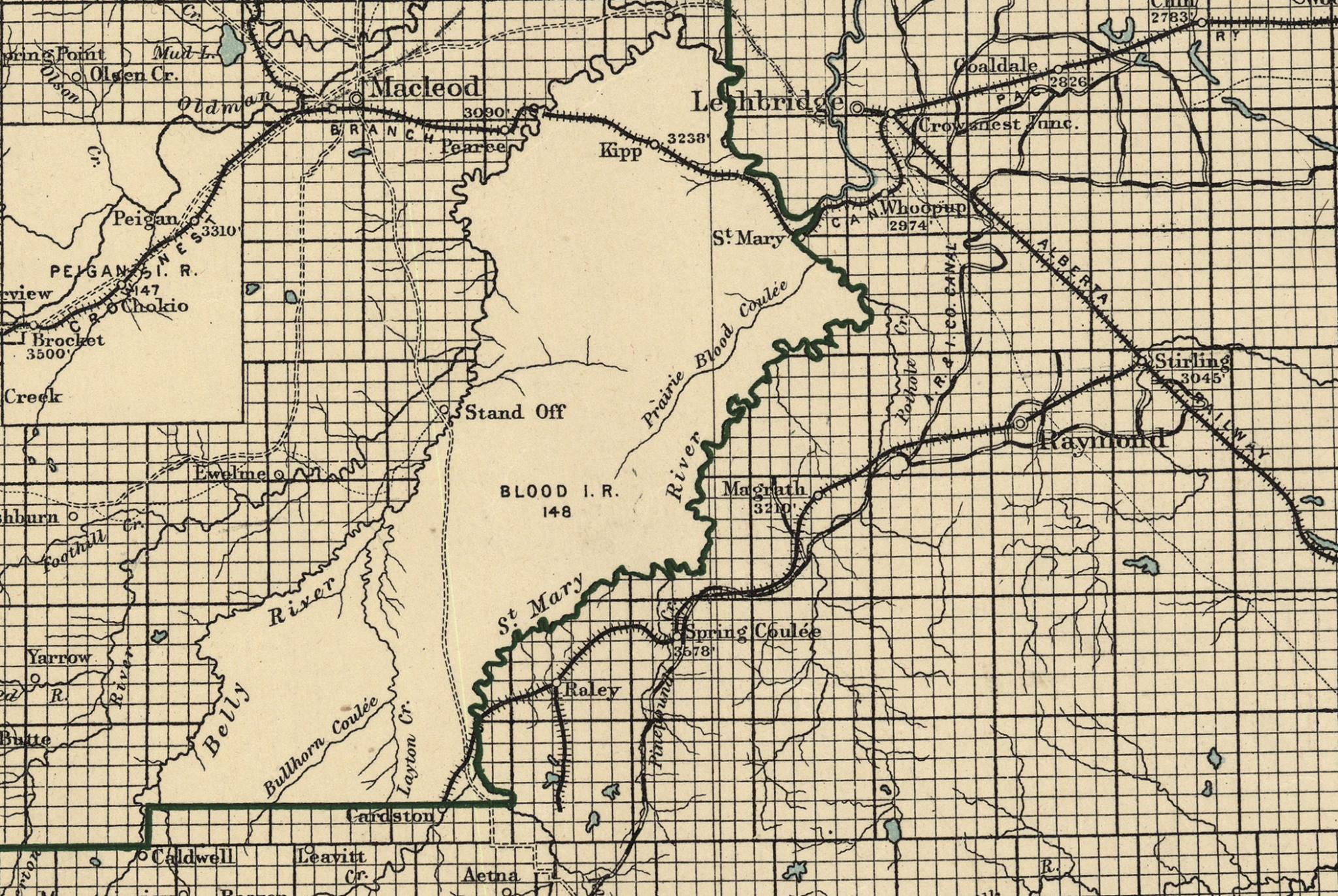I grew up in Stirling, Alberta, Canada. It is one of many communities in a region now known as Canada’s Mormon Trail. The area was settled in the late 19th and early 20th century by Mormon immigrants coming from the Western United States. It wasn’t until I lived outside of the “Trail” that I started to recognize its uniqueness. Distance opened my eyes to the rare pattern of settlement in these Mormon communities. Their origins are reflected with wide streets, irrigation ditches, unpainted outbuildings, large lots, “Mormon fences”1 and a handful of other traits.2 Some traits are visible, while others need a keen eye to spot. The elements together form the Canadian Mormon landscape. This is a unique expression of a settlement pattern, the Plat of the City of Zion, started by Mormon leaders in Ohio, Missouri and Illinois.3 As Mormons were forced to move west it adapted to meet their needs in Utah, Idaho, Arizona and California. It eventually made its way as far as Canada and Mexico.
130 years ago Charles Ora Card led a group of Mormon settlers to Lee’s Creek, in present day Cardston, Alberta, Canada. Mormon settlement in Southern Alberta marks one of the last colonization efforts led by The Church of Jesus Christ of Latter-day Saints.4 As many as nineteen5 communities were started by Latter-day Saints between the 1880s and 1910s. They blended urban and rural. Each town lot had enough land for gardens and livestock but was situated within a community environment. Nelson Lowry described Mormon villages as communities where “barns, chicken coops, pig pens, and stack yards, as well as the homes, are built on the village lots.”3 Not all were planned identically, but they built off a similar distinctly Mormon pattern.
The uniqueness of the Mormon style of settlement was recognized in 1989 when the entire community of Stirling was designated as a National Historic site because it “is the best surviving example of a Mormon agricultural village.”6
This website will endeavour to explore the history of these Mormon communities, highlight the unique characteristics of Mormon settlement in Canada, document their features and promote the preservation of the history of Mormon settlement in Canada. Though we won’t be limited to publishing strictly about Mormon settlements, our efforts will certainly be focused on the following communities that were originated by Mormons:
|
|
In addition to the website and official Facebook page, we’ve started a group on Facebook where we’ll invite anyone who is interested in this topic to share photos, stories, examples and threatened sites associated with this history. Our vision is that this group will be a gathering point for people who share our passion for preserving the history of Mormon settlement.
- I reached out to Richard Francaviglia, whose book “The Mormon Landscape” was where I first encountered the term, for clarification on what a Mormon fence was. He said, “The term ‘Mormon Fence’ is generic and was widely used by Mormons themselves back in the 1960s. It refers to any kind of very functional fence that may be made out of varied materials … Many are/were simple paling fences (vertically arranged pickets, posts, slabs, etc) and often patched with anything …” [↩]
- Francaviglia R V. The Mormon Landscape. Ams PressInc; 1978. [↩]
- Nelson L. The Mormon Village: A Pattern and Technique of Land Settlement. Salt Lake City: University of Utah Press; 1952. [↩] [↩]
- Sherlock R. Mormon Migration and Settlement after 1875. Journal of Mormon History. 1975:53-68. http://www.jstor.org.ezproxy.uleth.ca/stable/23286028. [↩]
- The Encyclopedia of Mormonism article “Canada, LDS Pioneer Settlements in” by Howard Palmer mentions eighteen, but we’ve found evidence for nineteen. Whether some of the smaller communities constitute a settlement could be the cause of the discrepancy. [↩]
- Stirling Agricultural Village National Historic Site of Canada. Canada’s Historic Places. http://www.historicplaces.ca/en/rep-reg/place-lieu.aspx?id=7773. Published June 22, 1989. Accessed August 9, 2017. [↩]


3 responses to “The History of Mormon Settlements in Canada”
I will look forward to your articles!
Well done,Stewart. It will be fun to watch the site grow. 😊
As a desendant of the Mormon community at frankburg and later at duchess my mother referred to the construction of lake mcgregor as the reason to moving to duchess The date looks like it might coincide with the reason for moving but sadly both my parents are gone My father was Orrin Anderson who married a Lewis whom died and then married a daisy clark/ Webb .Perhaps you could enlighten the fact and perhaps recommend a book on the subject. Thank you regards